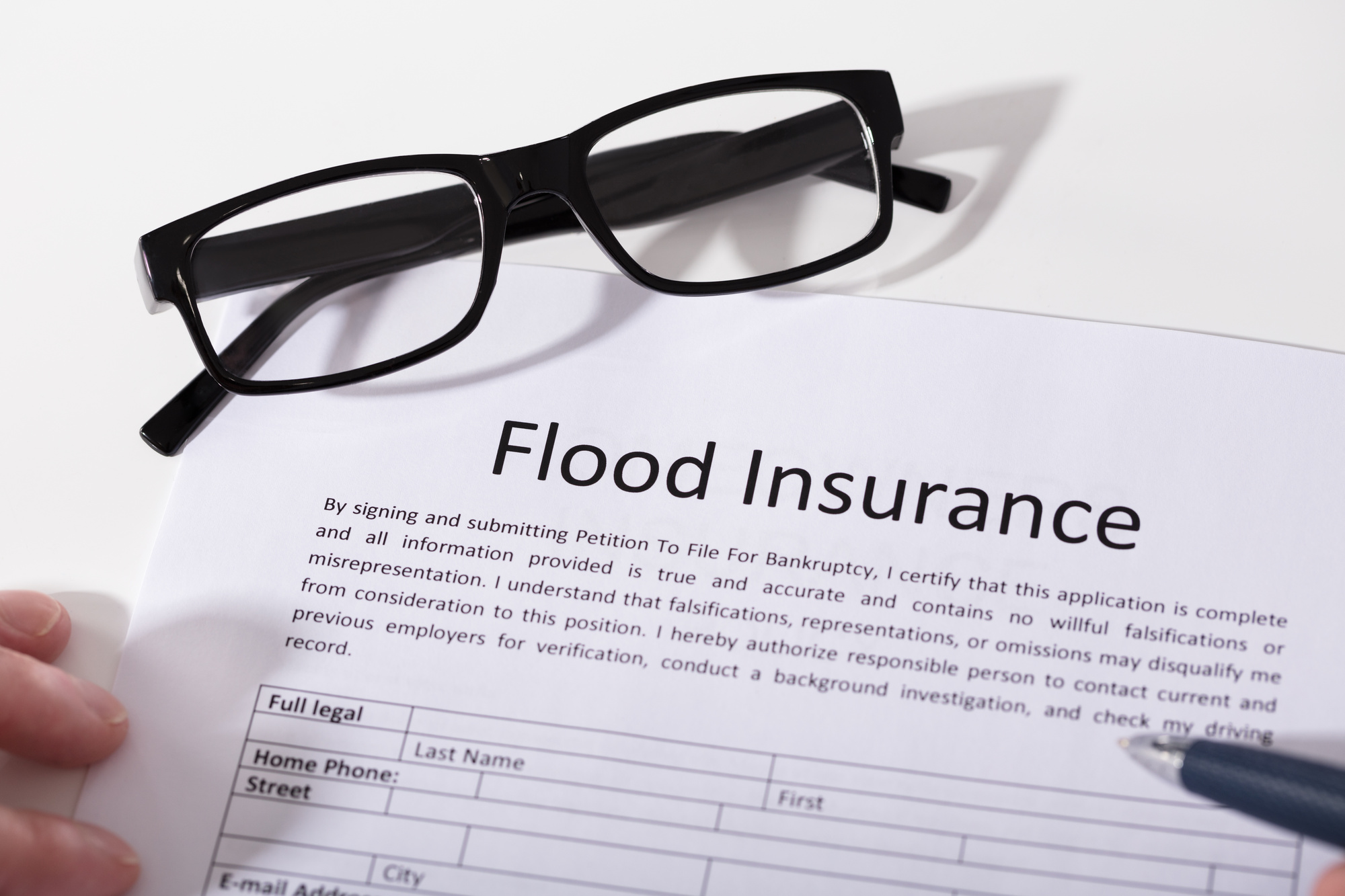What Is Flood Insurance?

Flood insurance is an insurance policy that will protect you against any property damage that might be caused by flooding. Insurers will use topographical maps to determine the risk of flooding in an area and will insure accordingly. Floodplains and lowlands are designated areas of high risk for flooding. Insurers also use floodplains to identify areas that are likely to flood.
Flood insurance covers most of your property, but it does not cover any damage to detached buildings. Portable air conditioners, microwave ovens, dishwashers, valuable papers, and other items are not covered by this policy. Moreover, your policy doesn't cover flood damage to personal effects like jewelry, watches, and other valuables.
The cost of flood insurance depends on several factors, including your home's location, structure, and flood zone designation. For example, if you live in an area where floods are more likely to occur, you will need a policy that protects the structure of your home and any built-in appliances. In most cases, you'll be limited to $250,000 for dwelling coverage, regardless of market value. You can also choose to have content coverage, which covers your personal belongings. However, the NFIP limits contents coverage to $100,000.
You can check whether you live in a flood-prone area by visiting the FEMA map portal. Enter your address or ZIP code to find out what flood zone you live in. In addition to the actual flood zone, you can also compare coverage limits for each category of contents to determine what you'll need in case of a flood. Certain categories may have lower coverage limits than others, so it's important to consider the flood insurance coverage limits for each category.
Once you have decided to purchase flood insurance, be prepared to wait for the first policy to take effect. Many policies require a 30-day waiting period to take effect. However, this waiting period can be waived in certain situations. For example, if you're closing on a new home, you may need flood insurance to close the transaction.
When purchasing the best insurance for your home, you should check the deductibles for each category. If you are not sure whether your policy covers your home's value, you can consider getting a separate policy. Some policies will cover the cost of living expenses if your home is flooded. You should also consider purchasing a separate policy if you have to make a claim.
The National Flood Insurance Program (NFIP) was set up by Congress in 1968. It was expanded through the Flood Disaster Protection Act of 1973 and revised again in 1994. It is administered by the Federal Emergency Management Agency. Its responsibilities include mapping and floodplain management. The NFIP is a vital part of disaster preparedness in our country.
Although flood insurance is important, it's not a replacement for a lost home or living expenses. In addition to covering the actual property damage, flood insurance will also cover the costs of moving the property, raising the structure, or floodproofing the structure. If you want to avoid losing important documents, you might consider purchasing a fireproof safe for them. Check out this related post to get more enlightened about the topic: https://en.wikipedia.org/wiki/Flood_insurance.